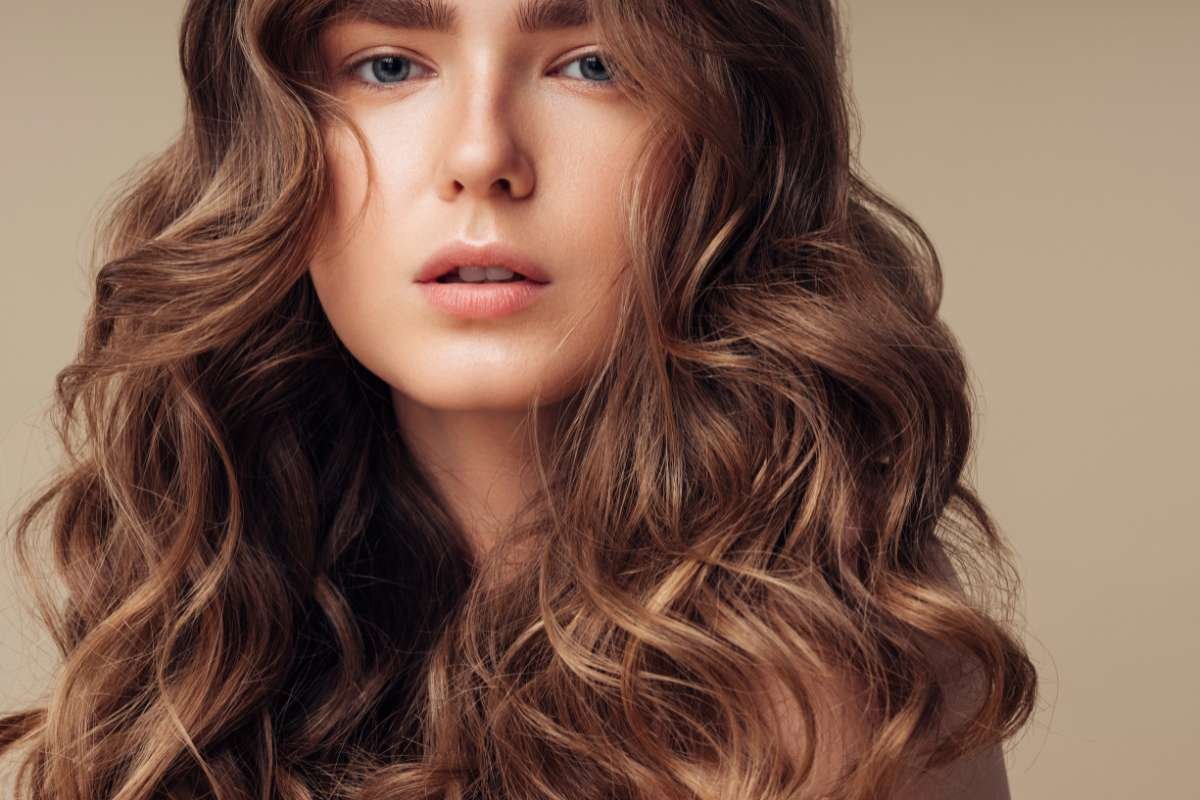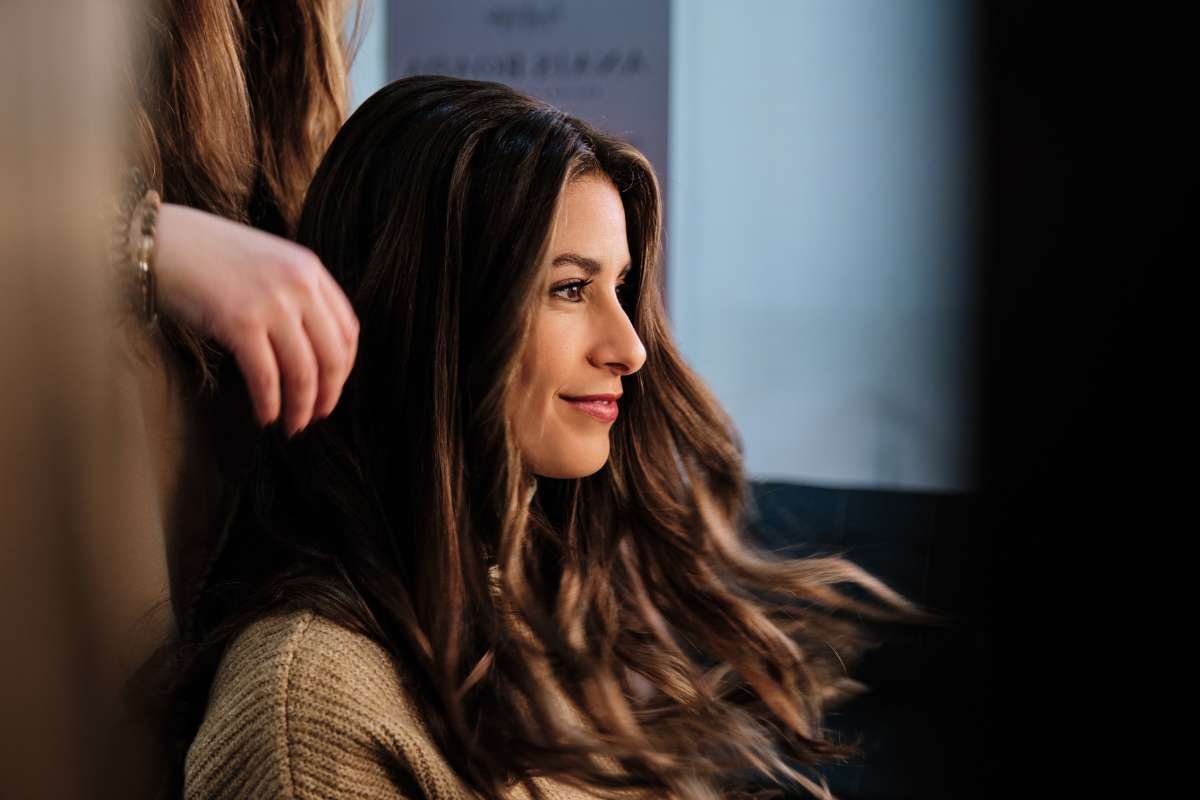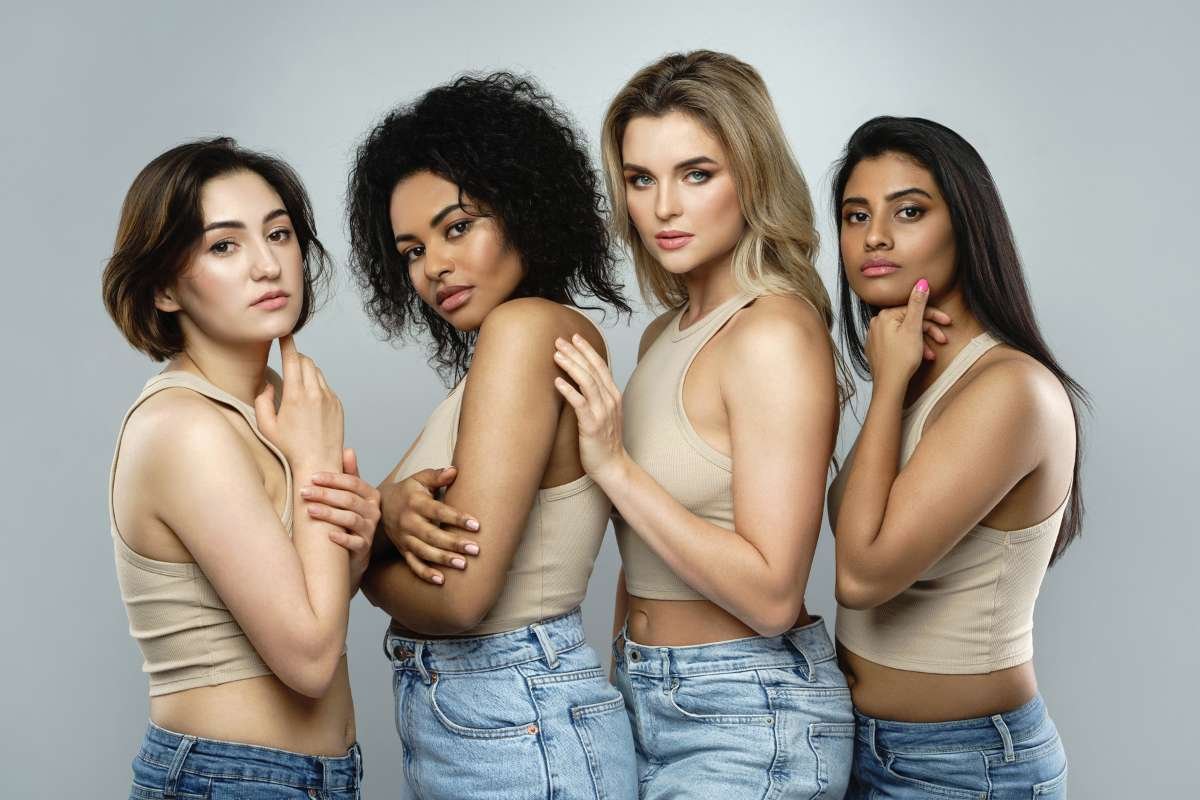Hair is an important part of who we are, affecting not only our appearance but also our feelings. It comes in many different textures, thicknesses, and curl patterns, and knowing the different types of hair is the first step to taking good care of it. From straight hair to tight curls, each type has its features, needs, and challenges. Whether you’re facing issues like frizz, breakage, dryness, or lack of volume, knowing your hair type helps you pick the right products, treatments, and styling techniques.
In this blog, we’ll explore the primary hair types, what determines them, and how to care for each one effectively.
The Science Behind Hair Types
Before diving into the specific types of hair, it helps to understand what determines hair texture and behavior. Hair type is largely influenced by genetics and is classified based on:
- Curl pattern (straight, wavy, curly, coily)
- Porosity (how well hair absorbs moisture)
- Density (how close individual strands grow together)
- Thickness (the diameter of each strand)
The most widely accepted system for identifying hair types is the Andre Walker Hair Typing System, which breaks hair into four categories:
- Type 1: Straight
- Type 2: Wavy
- Type 3: Curly
- Type 4: Coily or Kinky
Each category is further divided into subcategories (A, B, C) based on the width and tightness of the wave, curl, or coil.
Type 1 Hair: Straight
Type 1 hair has no natural curl and lies flat from root to tip. It’s known for its glossy appearance because the natural oils from the scalp travel easily down the shaft.
Subtypes:
- 1A: Fine, silky, and extremely straight. Often lacks volume but reflects light beautifully.
- 1B: Slightly thicker with more body and movement.
- 1C: Coarse and more resistant to curling or shaping.
Care Tips:
- Use lightweight, volumizing shampoos to prevent limpness.
- Dry shampoo can add volume between washes.
- Avoid heavy oils or creams that may weigh hair down.
Type 2 Hair: Wavy

Type 2 hair falls between straight and curly, forming loose “S” shaped waves. It’s more prone to frizz than straight hair but less dry than curlier types.
Subtypes:
- 2A: Fine, barely-there waves, easy to straighten or curl.
- 2B: More defined waves that start from mid-length.
- 2C: Coarser, with thicker, more pronounced wave patterns and a tendency to frizz.
Care Tips:
- Use frizz-control serums or mousse to define waves.
- Avoid heavy products that can flatten the texture.
- Diffuse drying helps enhance natural wave patterns.
Type 3 Hair: Curly
Type 3 hair has a clear, springy curl pattern that ranges from loose loops to tight corkscrews. It tends to be dry because natural oils struggle to travel down the curls.
Subtypes:
- 3A: Large, loose curls with lots of shine and movement.
- 3B: Bouncier, tighter curls with a coarser texture.
- 3C: Densely packed curls with more volume and less defined ringlets.
Care Tips:
- Use sulfate-free shampoos to retain natural oils.
- Deep condition regularly to prevent dryness.
- Apply leave-in conditioners and curl creams to define shape.
Type 4 Hair: Coily or Kinky
This hair type is tightly coiled with a zigzag pattern. It’s fragile, highly textured, and often appears shorter than it is due to shrinkage.
Subtypes:
- 4A: Soft, defined coils with a visible curl pattern.
- 4B: More of a “Z” shape, with less definition and more volume.
- 4C: The tightest, most fragile texture with minimal defined pattern and maximum shrinkage.
Care Tips:
- Moisturize daily with butters or creams.
- Use the LOC method (Liquid, Oil, Cream) for hydration.
- Protective styles like braids or twists can minimize breakage.
Factors That Affect Hair Type Over Time

While genetics plays a major role in determining types of hair, several environmental and lifestyle factors can influence your hair’s behavior:
- Hormonal Changes: Pregnancy, menopause, and thyroid conditions can alter hair texture.
- Heat Styling: Frequent use of flat irons or curling tools can change curl patterns or damage hair.
- Chemical Treatments: Relaxers, perms, or color treatments may temporarily or permanently affect your natural hair type.
- Health and Diet: Nutritional deficiencies and medical conditions like alopecia or anemia may impact hair density and growth.
How to Identify Your Hair Type?
Not sure where you fall on the spectrum of types of hair? Here’s how to find out:
- Wash and Air-Dry: Shampoo your hair and let it air-dry without applying any products.
- Observe the Pattern: Look at the shape of your strands in the mirror. Are they straight, wavy, curly, or coily?
- Feel the Texture: Rub a strand between your fingers. Is it fine, medium, or coarse?
- Assess the Density: Part your hair in different sections to see how much scalp shows.
- Test Porosity: Place a strand of clean hair in water. If it sinks quickly, you have high porosity; if it floats, your hair is low porosity.
Similar Article:
- How to grow your Hair faster?
- Here is how you can moisturize your drying Hair
- How Stress Causes Hair Loss, and Why It Feels Like a Bad Breakup?
Common Myths About Hair Types

Myth 1: “Only curly hair is high-maintenance.”
In reality, each type of hair requires its own form of care. Straight hair may get greasy faster, while wavy hair frizzes easily.
Myth 2: “You can permanently change your hair type.”
No product can permanently change your genetic hair structure. Treatments can alter appearance temporarily, but your hair will return to its natural form over time.
Myth 3: “Hair type doesn’t matter.”
Understanding the different types of hair helps you make smarter choices in products, tools, and techniques, resulting in healthier, more manageable locks.
Choosing the Right Products for Your Hair Type
Once you’ve identified your hair type, it’s easier to build an effective haircare routine. Here are some general guidelines:
| Hair Type | Shampoo | Conditioner | Styling Product |
| Type 1 | Volumizing or clarifying | Lightweight, silicone-free | Dry shampoo or texturizer |
| Type 2 | Moisturizing | Anti-frizz | Curl-defining cream or gel |
| Type 3 | Sulfate-free, hydrating | Deep conditioning | Curl cream or mousse |
| Type 4 | Co-wash or gentle cleanser | Intensive repair mask | Butter, oil, or leave-in |
Also Read: Top 10 Best Shampoos for thinning Hair
Final Thoughts
Hair is not just about style; it shows who we are as individuals. Whether you have smooth strands or curly coils, accepting your natural texture begins with understanding your types of hair. By knowing your unique hair type and adjusting your care routine to fit it, you can help yourself look and feel great every day.
So, the next time you pick a shampoo or a styling tool, keep this in mind—what are your types of hair, and it isn’t just about looks; it’s a way to take care of yourself.







